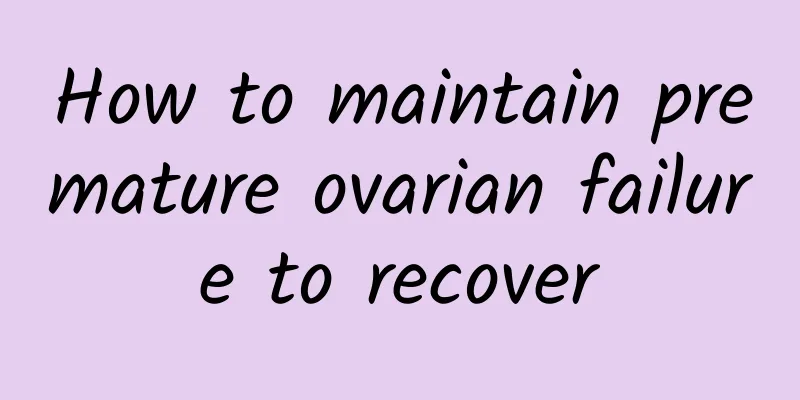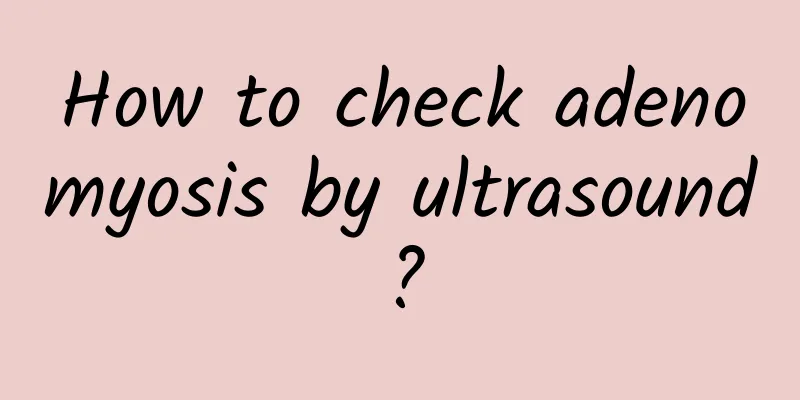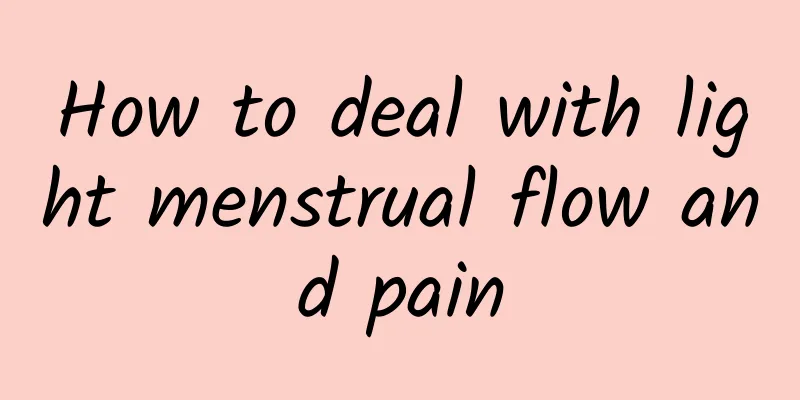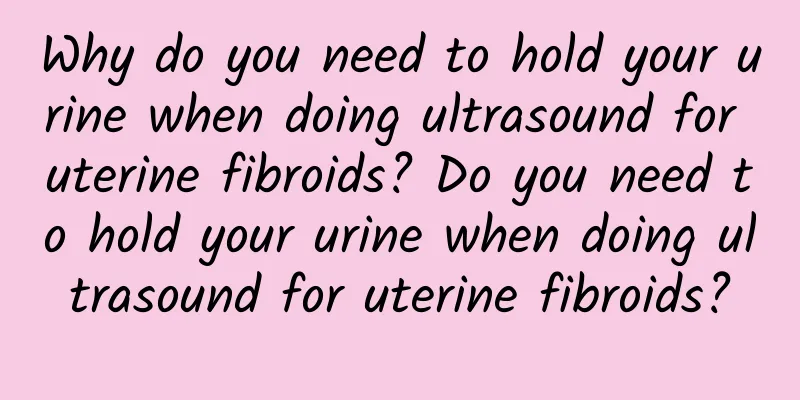Why does uterine fibroids grow during cesarean section?

|
Why does uterine fibroids grow after cesarean section? Caesarean section is a common way of delivery, but sometimes it can lead to the development of uterine fibroids. This has attracted people's attention and research on this phenomenon. In order to better understand this issue, this article will explore the reasons why uterine fibroids grow after cesarean section. 1. Effects of surgery on the uterus Caesarean section is a surgical delivery that affects the uterus. During the operation, the doctor needs to make an incision in the uterus and then take the fetus out. After the operation, the wound on the uterus needs to heal. However, sometimes the wound does not heal completely, resulting in a depression in the uterine wall. This depression may cause abnormal proliferation of the endometrium, which can lead to the formation of fibroids. 2. Hormonal changes After a cesarean section, a woman's hormone levels change. Before childbirth, hormone levels rise sharply, and after childbirth they drop rapidly. This change in hormone levels may have an adverse effect on the uterus and lead to the formation of uterine fibroids. 3. Uterine recovery after cesarean section Caesarean section is a surgery that causes great trauma to the uterus, and it takes a certain amount of time to recover after the operation. But sometimes the recovery process of the uterus is not smooth, or the recovery is relatively slow. This poor recovery may lead to the occurrence of uterine fibroids. On the one hand, poor uterine recovery may lead to endometrial hyperplasia, thereby promoting the growth of fibroids; on the other hand, poor recovery may also cause damage to the function of the uterus, making uterine fibroids more likely to occur. Through the above discussion, we can conclude that the main reasons for "why uterine fibroids grow after cesarean section" are the impact of surgery on the uterus, hormonal changes, and poor recovery of the uterus after cesarean section. Understanding these reasons is of great significance for the prevention and treatment of uterine fibroids. However, it should be noted that although cesarean section may lead to the formation of uterine fibroids, this does not happen to all women who have cesarean section. Therefore, when choosing a delivery method, you should make a decision based on your personal situation and the doctor's advice. Although cesarean section may cause uterine fibroids, being prepared for the arrival of the baby, paying attention to postpartum recovery and maintenance, and actively cooperating with the doctor's guidance can reduce the risk of uterine fibroids and protect the health of yourself and your baby. |
Recommend
Perfect match! Eating pork with raw garlic, nutritionist: The surprising secret is...
If the food is well matched, the nutrition will b...
Correct bad sitting posture and train upper body muscle strength
Poor sitting posture can easily cause physical di...
What sequelae will abortion bring to female friends?
Many female friends will choose abortion when the...
How to treat female adnexitis
How should female adnexitis be treated? Some wome...
How to cure pelvic inflammatory disease
What methods can cure pelvic inflammatory disease...
What are the causes of Bartholin's gland cyst?
The causes of Bartholin's gland cysts mainly ...
Ovarian cyst malignancy risk
The chance of ovarian cysts becoming malignant is...
Do you know if ectopic pregnancy can lead to death?
It is well known that the occurrence of ectopic p...
What to eat to eliminate uterine fibroids?
Uterine fibroids cannot be completely eliminated ...
What causes pelvic endometriosis and how to prevent it
What causes pelvic endometriosis and how can it b...
Effects of endometrial tuberculosis on the fetus
What is the impact of endometrial tuberculosis on...
Will abnormal vaginal discharge affect menstrual delay?
Will abnormal leucorrhea affect delayed menstruat...
What is the cause of menstrual back pain
Many women experience back pain during menstruati...
Estrogen for menopausal treatment
Studies have shown that a woman will release abou...
What should I do if my leucorrhea is abnormal and my menstruation is frequent and I only have one period every few days?
What should I do if my leucorrhea is abnormal and...









